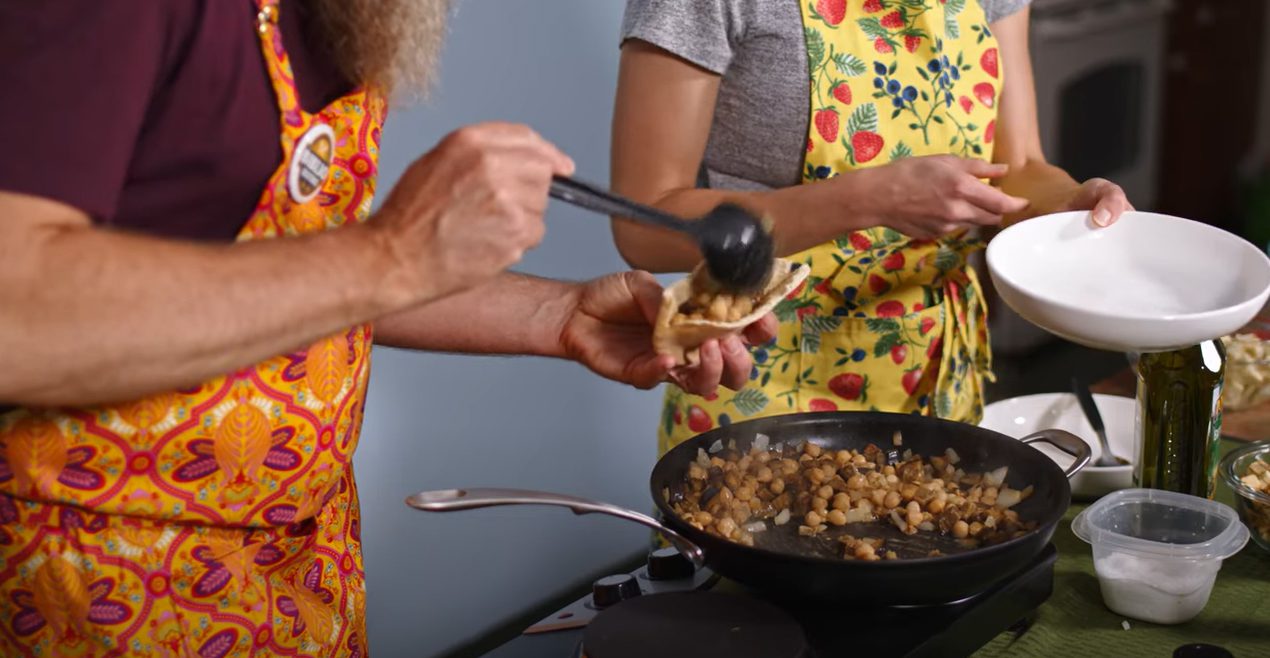This episode of Biblio Bistro features Keweenaw Berry Jam which highlights fresh local berries that have been frozen. Depending which berries you use, they are seasonally available either at U-Picks or the Farmers Market beginning in July – early September. Margaret Hanson with TeachtoTaste is our featured guest and this episode is jam-packed with great information on how to make and can your own jam! TeachtoTaste provides engaging cooking lessons that explores our relationship to food through history, memory, and local agriculture.This simple, but flavorful berry jam is a great way to savor the Keweenaw summer year-round! This recipe is designed for those who are inexperienced with homemade jam and walks you step by step to get a delicious (and beautiful!) end-product. In total, this recipe was only $13.06 (canning jars included) to prepare, or $0.13 per serving (1 tablespoon of jam)!
Download a printable recipe card





